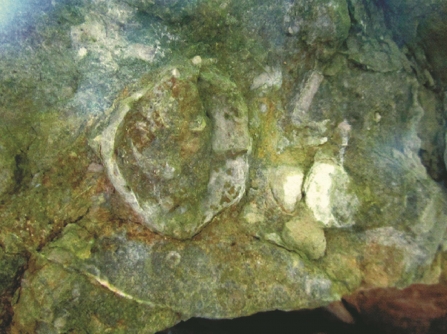Volunteers from Worcestershire Wildlife Trust and the Herefordshire and Worcestershire Earth Heritage Trust came together to clear the face of an old quarry. Although it is now a quiet nature reserve, Blackhouse Wood once rang to the sound of stone being hand-quarried.
Dominique Cragg, Worcestershire Wildlife Trust conservation officer responsible for the management of Blackhouse Wood, explained “Blackhouse Wood and the adjacent Crews Hill Wood form a really important part in a chain of woodlands running up from the Malvern Hills to the Wyre Forest.
“We think of them now as quiet places to enjoy a walk in nature but 150 years ago, that would have been very different. Historical sources show that there were many quarries in the area and life there would have been hard as the stone was worked by hand with shovels and picks.
“The evidence can still be seen today and the quarries are of interest not just to naturalists, who explore the micro-habitats that form in them, but also to geologists who can explore the different rocks and fossils found there.”
Tropical seas
One of the quarries, designated a Local Geological Site, is home to one of just three bands of Silurian limestone that outcrop to the west and north of the Malverns.

